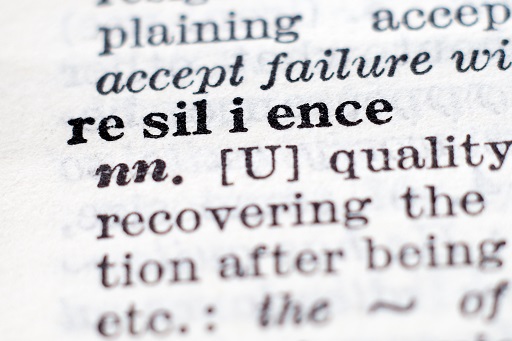2 Personal resilience
Early research in personal resilience was focused on the ability of individuals to thrive after traumatic or adverse events such as the death of a relative or being in a life-threatening situation. More recently psychologists have expanded this to include responses to stress at work, illness and severe environmental events.
In their review of definitions of resilience, a team of medical professionals (Herrman et al., 2011), concluded that ‘fundamentally, resilience is understood as referring to positive adaptation, or the ability to maintain or regain mental health, despite experiencing adversity.’
Their review also identified ‘the dynamic nature of resilience throughout the lifespan; and the interaction of resilience in different ways with major domains of life function’. This perspective becomes very relevant when starting to look at that major function of life – your career.
Resilience is a characteristic that we all demonstrate to different degrees. In the next activity, you’ll start to consider times in your life when you’ve had to draw on your resilience.
Activity 2 Drawing on resilience
Take some time now to consider occasions in the last five years when you have drawn on your resilience. It could be a one-off incident, like the two months after you broke your arm, or bigger, ongoing issues, like the strains of regular relocation with your partner’s army career.
Where were the stresses for you? What did you do to respond?
Comment
Australian experts on resilience Jackson et al. (2007, p. 3) describe personal resilience as ‘the ability of an individual to adjust to adversity, maintain equilibrium, retain some sense of control over their environment, and continue to move on in a positive manner’.
Which parts of this definition can you see in your example above?

